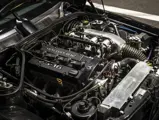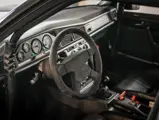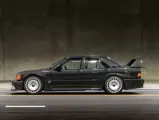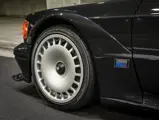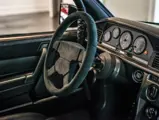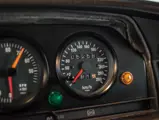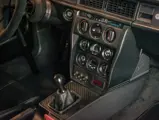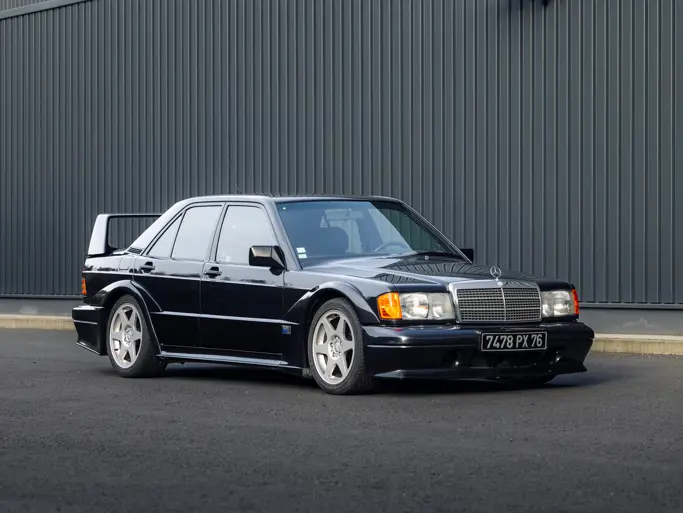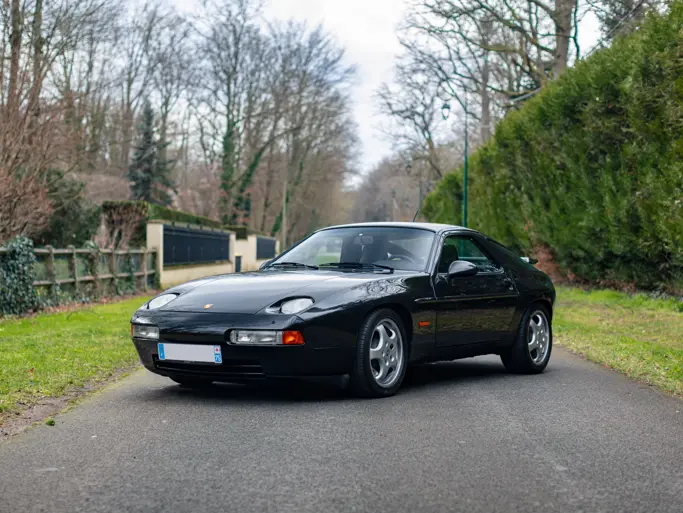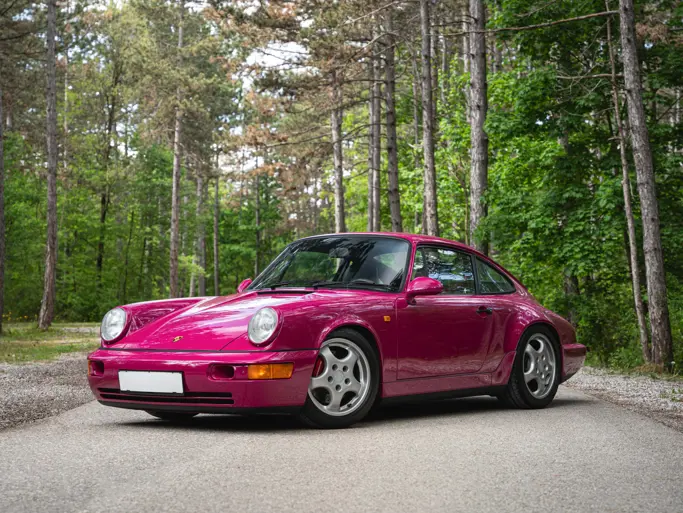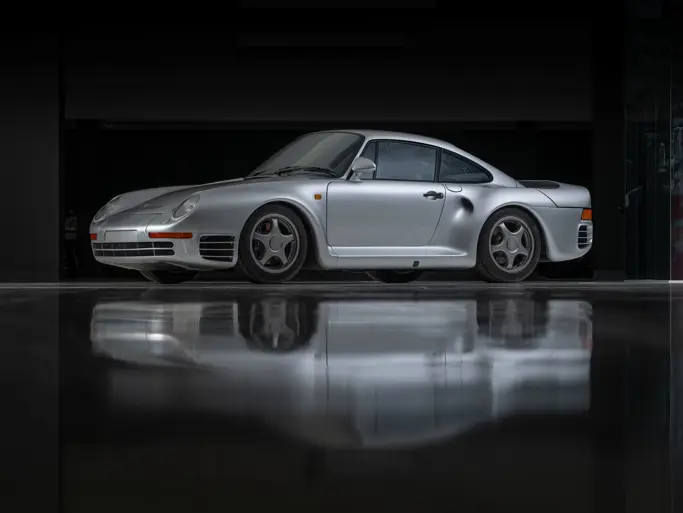Arizona 2017
1990 Mercedes-Benz 190 E 2.5-16 Evolution II
{{lr.item.text}}
$220,000 USD | Sold
 | Phoenix, Arizona
| Phoenix, Arizona
{{internetCurrentBid}}
{{internetTimeLeft}}

- The first Evo II offered publicly in North America
- One of 502 Cosworth-powered homologation specials
- One of the most successful DTM race cars, winning the title three years running
- 5,000 original kilometers; collector owned in Japan for two decades, never raced
- DTM upgrades, including Motec ECU and OZ DTM-specification wheels
235 bhp, 2,463 cc Cosworth DOHC inline four-cylinder engine, five-speed manual transmission, independent front suspension with lower control arms, independent five-link rear suspension, and four-wheel hydraulic disc brakes. Wheelbase: 104.9 in.
Of the cars homologated for the German Touring Car Championship (DTM) in the late 1980s, BMW’s M3 is credited for some of the Motorsports Division’s finest work. However, BMW’s fiercest competitor also produced its own incredible homologation special. That car is the Mercedes-Benz 190 E 2.3-16 Cosworth.
The partnership between famed engineering firm Cosworth and Mercedes-Benz began as a project to compete in Group B with the 190 E. However, the domination of the all-wheel-drive Audi Quattro quickly put the project on hold.
Mercedes-Benz shifted focus toward touring car racing. The W201 chassis was beefed up with larger anti-roll bars, harder bushings, limited-slip differential, quicker dampers, and a faster steering ratio. Additionally, Getrag provided the five-speed dogleg gearbox to ensure fast and easy gear selection. Cosworth took the standard M104 2.3-liter 8-valve engine and fitted a light alloy cylinder head along with dual-overhead cams and four valves per cylinder. Continued development on the car resulted in an increase in engine displacement to 2.5 liters in 1988 and the Evolution variants of the 190 Cosworth.
The initial Evo model overhauled the platform into a thoroughbred racer by installing a tuned version of the 2.5-liter motor. A higher rev limiter, 3.27:1 axle ratio, larger brakes, and better tires meant that the Evolution accelerated and stopped better than any 190 E. Further enhancements included wider front and rear tracks, stiffer adjustable suspension, and revised bodywork. For the Evo II model, Mercedes-Benz refined the developments of the Evo I. Again, the engineers managed to squeeze out more power to an impressive 235 horsepower. Brembo four-piston calipers were in charge of bringing the car to a rest. The true highlight of the Evo II is the aero kit that features a towering rear spoiler, imposing fender flairs, and an even more aggressive front splitter.
The W201 chassis had finally reached the peak of success in 1992 when the Evo II took the overall victory in the 1992 DTM championship.
While the phrase “race car for the road” rarely finds itself attached to cars befitting of the expression, this Evo II is a rare exception. The previous owner, finding the car not quite hardcore enough, upgraded a number of components from the DTM racers in order to increase the car’s overall performance. Racing exhaust manifold, full exhaust, intake manifold, custom header tank, individual throttle bodies, larger injectors, lightweight aluminum pulley, fuel cell system, and a Motec engine management system encompass the drivetrain upgrades. Additionally, chassis bracing, Brembo Monobloc brakes, larger suspension links, and DTM-specification OZ wheels keep the car planted through the turns.
With only 5,000 kilometers, this exceptional 190 E 2.5-16 stands as a unique and well cared for example of an already rare machine. As the first Evo II offered publically in North America, it is a must-have for any serious Mercedes-Benz and modern sports car collector.



